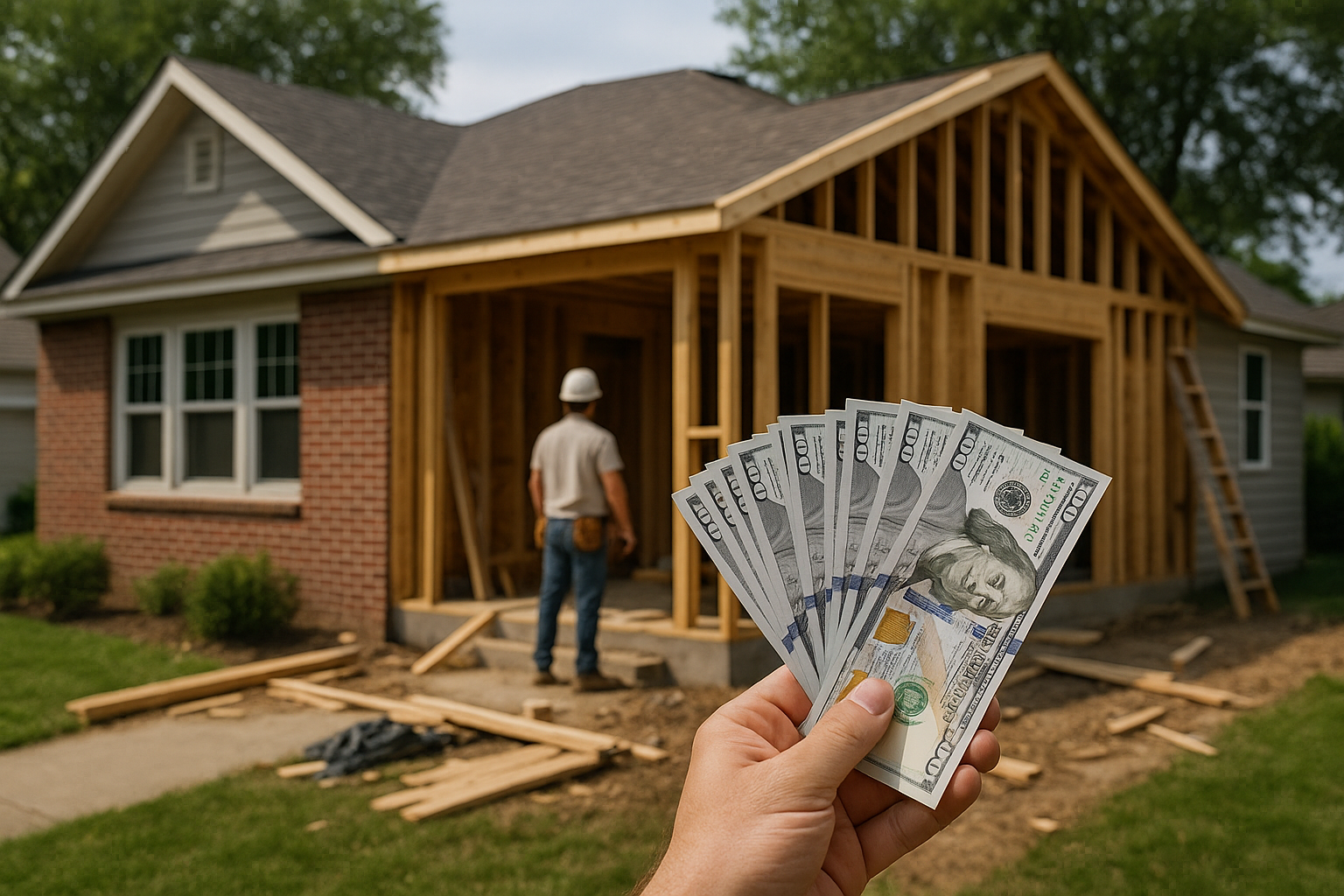Home Improvement Loans: A Comprehensive Guide to Financing Your Renovation Projects
Home improvement loans can be a valuable tool for homeowners looking to upgrade their living spaces without draining their savings. Whether you're planning a major renovation or a series of smaller projects, understanding the ins and outs of these loans can help you make informed decisions about financing your home upgrades. This article will explore various aspects of home improvement loans, from application processes to choosing the right lender for your needs.

How do you apply for home improvement loans?
Applying for a home improvement loan typically involves several steps. First, you’ll need to assess your financial situation and determine how much you need to borrow. This includes getting estimates for your planned renovations and considering any additional costs that may arise during the project.
Next, gather the necessary documentation. Most lenders will require proof of income, bank statements, tax returns, and information about your existing debts and assets. You may also need to provide details about the planned improvements and their estimated costs.
Once you have your documents in order, research different lenders and loan options. Many banks, credit unions, and online lenders offer home improvement loans. Compare interest rates, terms, and fees to find the best deal for your situation.
After selecting a lender, you can typically apply online or in person. The application process usually involves filling out a form with your personal and financial information. The lender will then review your application, check your credit score, and may request additional documentation if needed.
What are reliable loan and credit companies for renovations?
When seeking a home improvement loan, it’s crucial to work with reputable lenders. Some well-known and reliable options include:
-
Traditional banks: Major banks like Wells Fargo, Bank of America, and Chase offer home improvement loans and have established reputations.
-
Credit unions: These member-owned financial institutions often provide competitive rates and personalized service.
-
Online lenders: Companies like LightStream, SoFi, and Prosper specialize in personal loans that can be used for home improvements.
-
Government-backed loans: The Federal Housing Administration (FHA) offers 203(k) loans specifically for home improvements.
-
Home equity lenders: If you have significant equity in your home, companies like Figure and Discover offer home equity loans or lines of credit for renovations.
| Lender | Loan Type | Interest Rate Range | Key Features |
|---|---|---|---|
| Wells Fargo | Personal Loan | 5.74% - 24.49% APR | No collateral required, flexible terms |
| LightStream | Home Improvement Loan | 4.99% - 16.99% APR | No fees, same-day funding available |
| FHA 203(k) | Government-backed Loan | Based on market rates | Allows financing for both purchase and renovation |
| Discover | Home Equity Loan | 5.99% - 13.99% APR | Fixed rates, no application fees |
| SoFi | Personal Loan | 7.99% - 23.43% APR | No fees, unemployment protection |
Prices, rates, or cost estimates mentioned in this article are based on the latest available information but may change over time. Independent research is advised before making financial decisions.
What are the benefits of choosing local home improvement loan providers?
Opting for local loan providers can offer several advantages when financing your home improvements:
-
Personalized service: Local lenders often provide more individualized attention and may be more willing to work with you based on your specific situation.
-
Understanding of local market conditions: They’re typically more familiar with property values and renovation costs in your area, which can streamline the approval process.
-
Faster processing: With fewer layers of bureaucracy, local lenders may be able to process your application more quickly than larger institutions.
-
Community investment: By choosing a local lender, you’re supporting businesses in your community and potentially contributing to local economic growth.
-
Flexibility: Local providers might offer more flexibility in terms of loan amounts, terms, and repayment options to suit your needs.
What financing options are available for home upgrades in your area?
When considering financing for home upgrades, it’s essential to explore all available options in your local area. These may include:
-
Home equity loans: These allow you to borrow against the equity in your home, often at lower interest rates than personal loans.
-
Home equity lines of credit (HELOCs): Similar to home equity loans but with a revolving credit line, offering more flexibility for ongoing projects.
-
Cash-out refinancing: This involves refinancing your existing mortgage for more than you owe and taking the difference in cash.
-
Personal loans: Unsecured loans based on your creditworthiness, which can be used for any purpose, including home improvements.
-
Contractor financing: Some contractors offer financing options, either directly or through partnerships with lenders.
-
Local government programs: Many cities and counties offer low-interest loans or grants for specific types of home improvements, especially those related to energy efficiency or accessibility.
-
Credit cards: While not ideal for large projects due to high interest rates, they can be useful for smaller upgrades or as a short-term solution.
When exploring these options, be sure to compare interest rates, terms, and fees from multiple lenders in your area. Local banks, credit unions, and community development financial institutions (CDFIs) may offer competitive rates and terms tailored to your local market.
In conclusion, home improvement loans can provide the necessary funding to turn your renovation dreams into reality. By understanding the application process, researching reliable lenders, considering local options, and exploring various financing methods available in your area, you can make an informed decision that best suits your financial situation and home improvement goals. Remember to carefully review all terms and conditions before committing to any loan, and consider consulting with a financial advisor to ensure you’re making the best choice for your long-term financial health.




